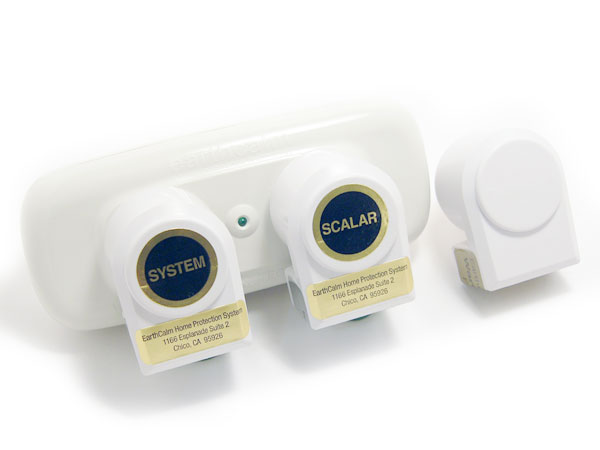5g cell towers are new kind of antenna that's being utilized by wireless companies to offer internet-based services. They're more capable than 4g towers, and are larger and more powerful.
Cities are increasingly worried that these towers may harm their residents. These concerns include aesthetic, privacy and health issues.
They're Bigger

In 5G, the frequency of radio signals is higher than 4G- which means it needs more towers in order to transmit data. This can increase the amount of radiation that is released to our surroundings.
This is a huge issue for HOA communities and real estate investors, as well as those concerned about the negative health impacts. is 5g dangerous worry that adding more 5g towers will lower the value of properties and adversely affect public health.
The only way to solve this is to alter the way we communicate - by using WiFi instead of conventional cellular networks. It's unlikely to be a quick process, but it will eventually happen.
How can this be accomplished? How can we make it safer? The answer is in the technology of a cell tower called small cells.
They're More Expensive
If you're in the city, you've likely seen large towers of cell equipment that are situated on top of masts and buildings. These are 4G cell towers and they're used to supply wireless internet service to nearby regions.
They're typically 50-200 feet tall, and they're made to blend into the surrounding environment, reducing their aesthetic impact. In comparison to 4G, 5G technology requires more dense tower coverage in order to provide coverage across a wide area.
The dense cell sites could be difficult to maintain because they need to be constantly connected and capable of providing high speeds. In the end, they're more expensive than other types of towers.
If you're a tower owner or mobile network operator, it's sensible to upgrade your current towers to 5G in anticipation of new technologies coming to market. The addition of these technologies to existing sites will help to increase the site's capabilities, which will ultimately lead to more income for you.
They're even more deadly
What Makes 5g Towers Bad
One of the most significant issues with 5G towers is that they emit more radiofrequency radiation than other towers. They have to be placed in a more dense manner over an area in order to ensure coverage.
The radio frequency waves generated by cell phone towers do not contain enough energy to harm DNA directly or to heat body tissues, but they are able to destroy chemical bonds within DNA, which could damage cells and cause cancer.
It is a reason to be concerned that living in close proximity to the 5G tower could cause negative health effects.
That's because these towers have a higher chance to be situated near to schools and homes where they can transmit rf waves constantly. That means that they will be closer than ever before and there is a greater chance that the radiation is absorbed by your body.
They're Not Necessary
5G networks depend on a new part of the radio spectrum to transmit data. They are known as millimeter wave. They are much smaller than conventional radio waves, at only 1 to 10mm in length. Therefore, they have higher frequencies and can carry more energy.
To provide dangers of 5g -speed speeds and low latency 5G promises, you need to have a massive network of cell towers. This will require a large number of masts for cell phones to provide coverage to cities, roads and business districts, schools as well as farms.
But there are other alternatives to provide high-speed internet in densely populated regions. One possibility is to construct several small cell stations which are distributed in a dense manner to eliminate coverage gaps.
But a major concern is where these cells will be placed and how they'll affect residents. Local government and residents are trying to find ways to block these structures or stop them from occurring in their neighborhoods.
